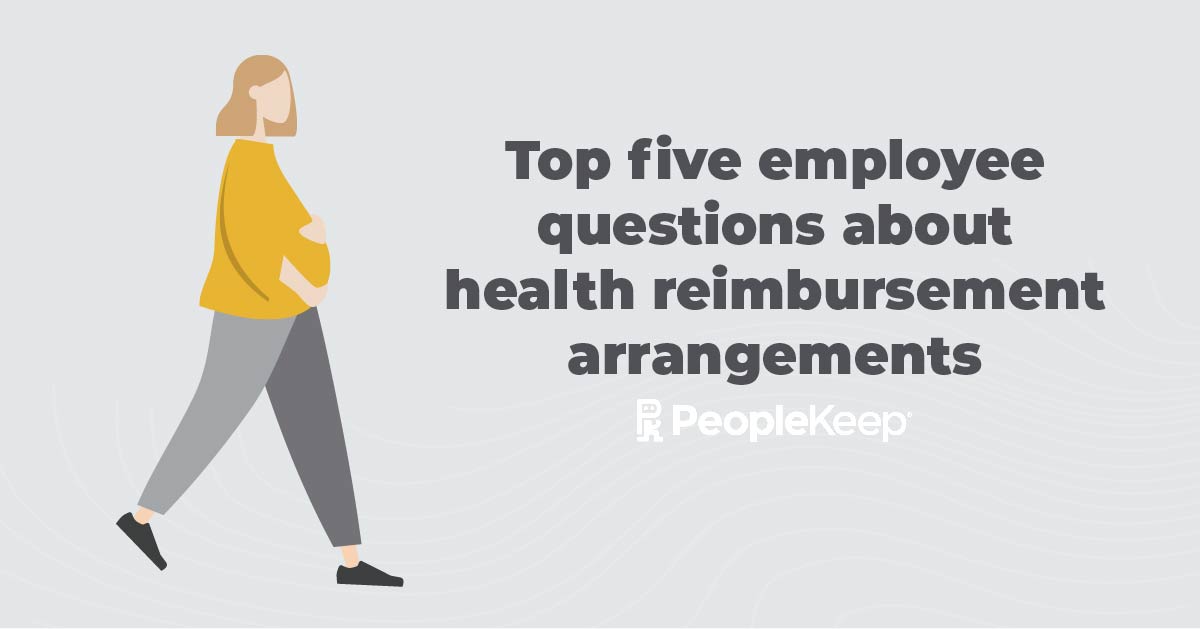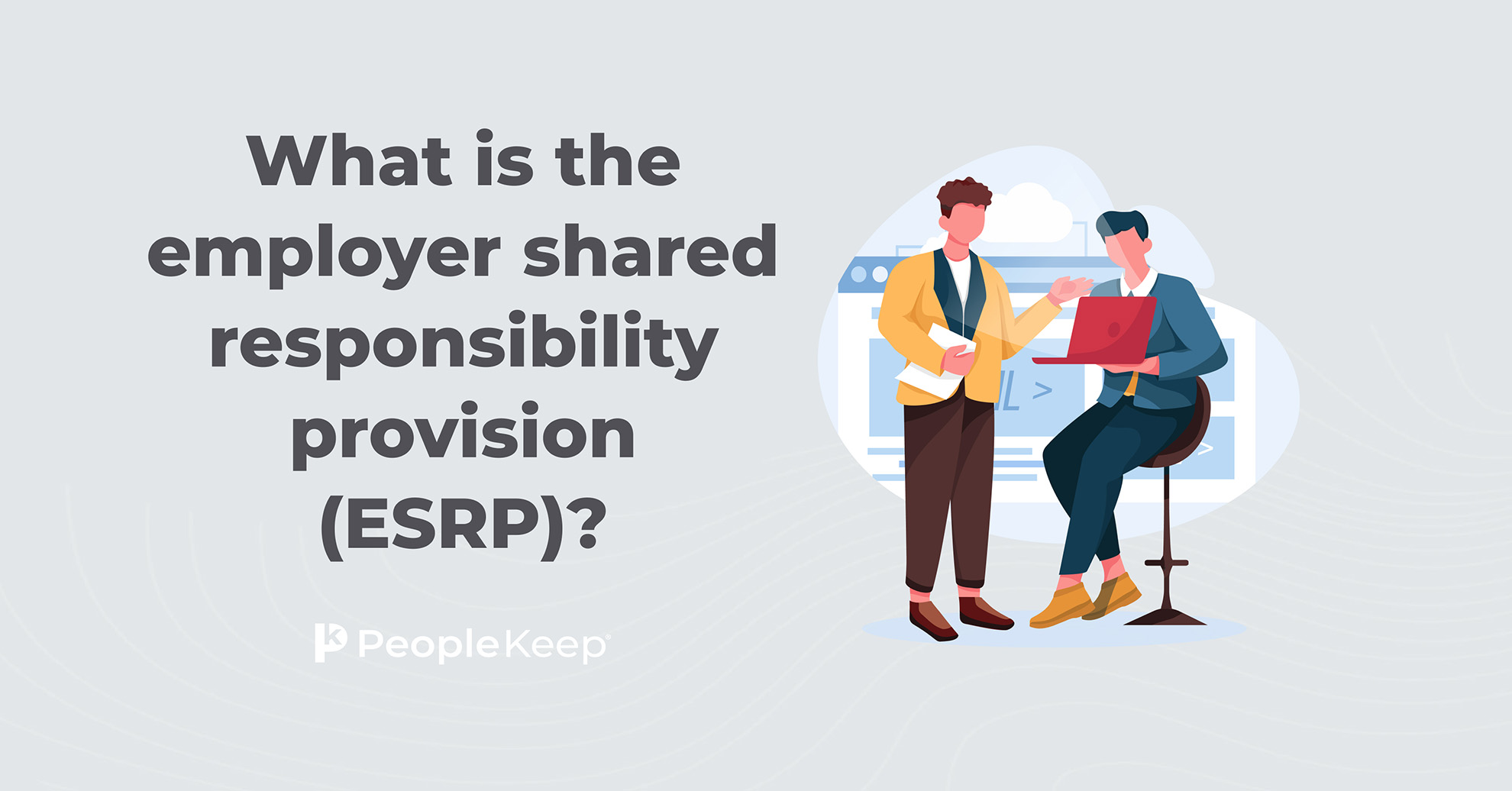4 Examples of Cost-Effective Nonprofit Health Benefits
By Christina Merhar on April 12, 2016 at 8:00 AM
As a nonprofit organization, the cost of providing health insurance to employees can be prohibitive. And yet, it is vital for nonprofits to offer health benefits to attract and retain key employees. As such, many nonprofit organizations are adopting health benefits programs that reimburse employees’ health insurance premiums to offer quality health benefits at a lower, controllable cost.
There are many different scenarios where an individual health insurance reimbursement strategy may be a good fit for nonprofit health benefits.
In this article, we will walk through four common scenarios to help your organization understand this approach:
- Nonprofit Wanting to Offer Health Benefits for the First Time
- Nonprofit Looking to Cancel Group Health Insurance
- Nonprofit with Employees on Medicare
- Nonprofit with Employees in Multiple States
1. Nonprofit Wanting to Offer Health Benefits for the First Time
The first example scenario is a nonprofit wanting to offer health benefits for the first time. This is a very common scenario. The nonprofit has searched for health insurance policies but find a group policy to be too expensive, or the nonprofit does not qualify because of minimum participation requirements.
For this nonprofit, individual health insurance reimbursement can be an effective solution because:
- The nonprofit may set any contribution amount toward employees’ health insurance expenses (there are no minimum or maximum contribution amounts).
- The nonprofit only reimburses employees for eligible, substantiated expenses. At the end of the plan year, any unused funds stay with the organization.
- There are no annual renewal increases. Total costs (the organization’s maximum liability) only increases annually if the organization decides to increase contribution amounts.
- On average, individual health insurance costs less than group coverage. This means both the organization and employees will typically spend less for similar coverage.
2. Nonprofit Looking to Cancel Group Health Insurance
The second example is a nonprofit who currently offers employees group health insurance coverage, but is researching more cost-effective options.
Why do many nonprofits consider canceling group health insurance? Cost is a primary challenge. A recent employee benefits survey found 90 percent of employers are facing health plan premium increases, with nearly a quarter (23 percent) of employers seeing rate increases in the double digits.
As outlined in the first example, individual health insurance reimbursement can be a cost-effective health insurance solution because:
- The nonprofit controls all costs.
- There are no unpredictable annual renewal increases.
- On average, individual health insurance costs significantly less than similar group health insurance coverage - meaning the nonprofit’s dollar goes further.
3. Nonprofit with Employees on Medicare
The third scenario is a nonprofit with an aging workforce. This nonprofit offers employees group health insurance coverage, but would like to offer a health benefit to employees enrolled in Medicare.
The solution? Offer individual health insurance reimbursement to employees not enrolled in the organization's health insurance policy. Employees on Medicare can use their reimbursement allowance for supplemental insurance premiums including Medicare Part A, Medicare Part B, and Medicare HMO.
4. Nonprofit with Employees in Multiple States
The last scenario is a nonprofit with employees in multiple states. In today’s modern day business environment, it is becoming more common for nonprofits to expand across state lines or hire remote, out-of-state team members.
Nonprofits with employees in multiple states often have challenges finding a group health insurance policy to cover all team members. Individual health insurance reimbursement provides a cost-effective solution because:
- The reimbursement plan may be offered to some or all employees based on location, job role, hours worked weekly, or participation (or non-participation) in the company’s group health insurance policy.
- Different benefit allowances may also be offered based on the employee classifications list above. For example, employees in California could receive a different allowance amount than employees in New York.
- Employees purchase and manage the plan of their choice, from local carriers and provider networks.
Read More - A Health Insurance Solution for Employees in Multiple States
Conclusion
Nonprofits in many different scenarios are finding that reimbursing individual health insurance premiums helps the organization successfully meet budget and HR goals. That’s because with individual health insurance reimbursement, nonprofit health benefits are possible with greater fiscal control, employees are able to customize their plan and coverage, and both the organization and employees save money.
Editor's Note: This post has been updated with the most current health insurance information. The article was originally published in June 2013.
Check out more resources
See these related articles

Should We End Health Insurance Coverage For Elected Officials?
Should we end health insurance coverage for our elected officials? What are the pros and cons?

HRA FAQs for employees
Have questions about HRAs? This employee-friendly FAQ covers how health reimbursement arrangements work, what they cover, and how to get started.

What is the employer shared responsibility provision (ESRP)?
In this article, we'll explain the ESRP and how it impacts your organization. We'll also go over your options for compliant health benefits.


